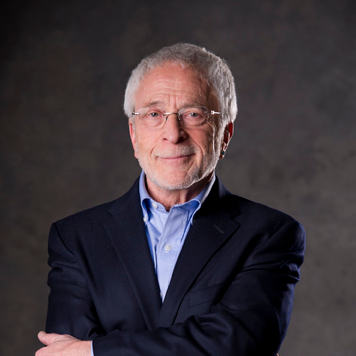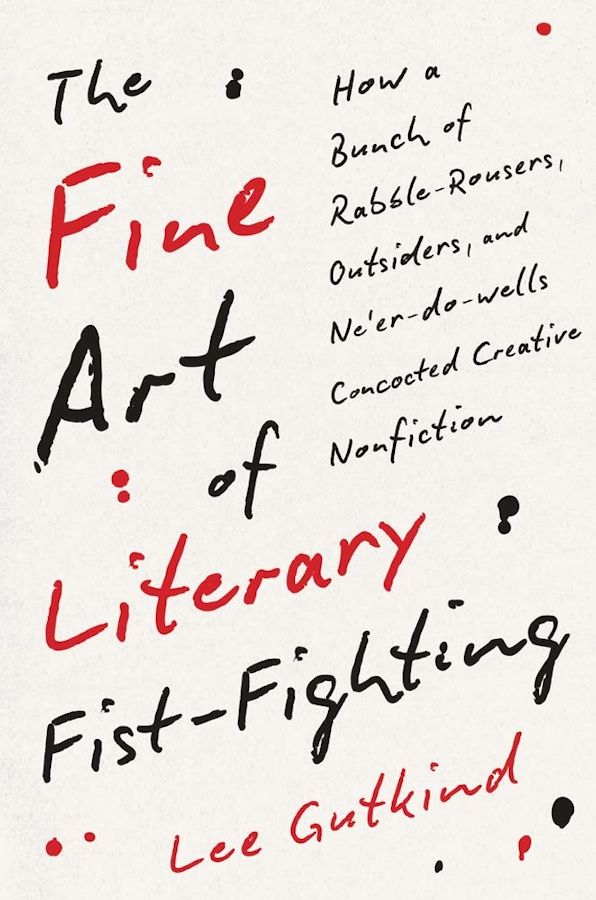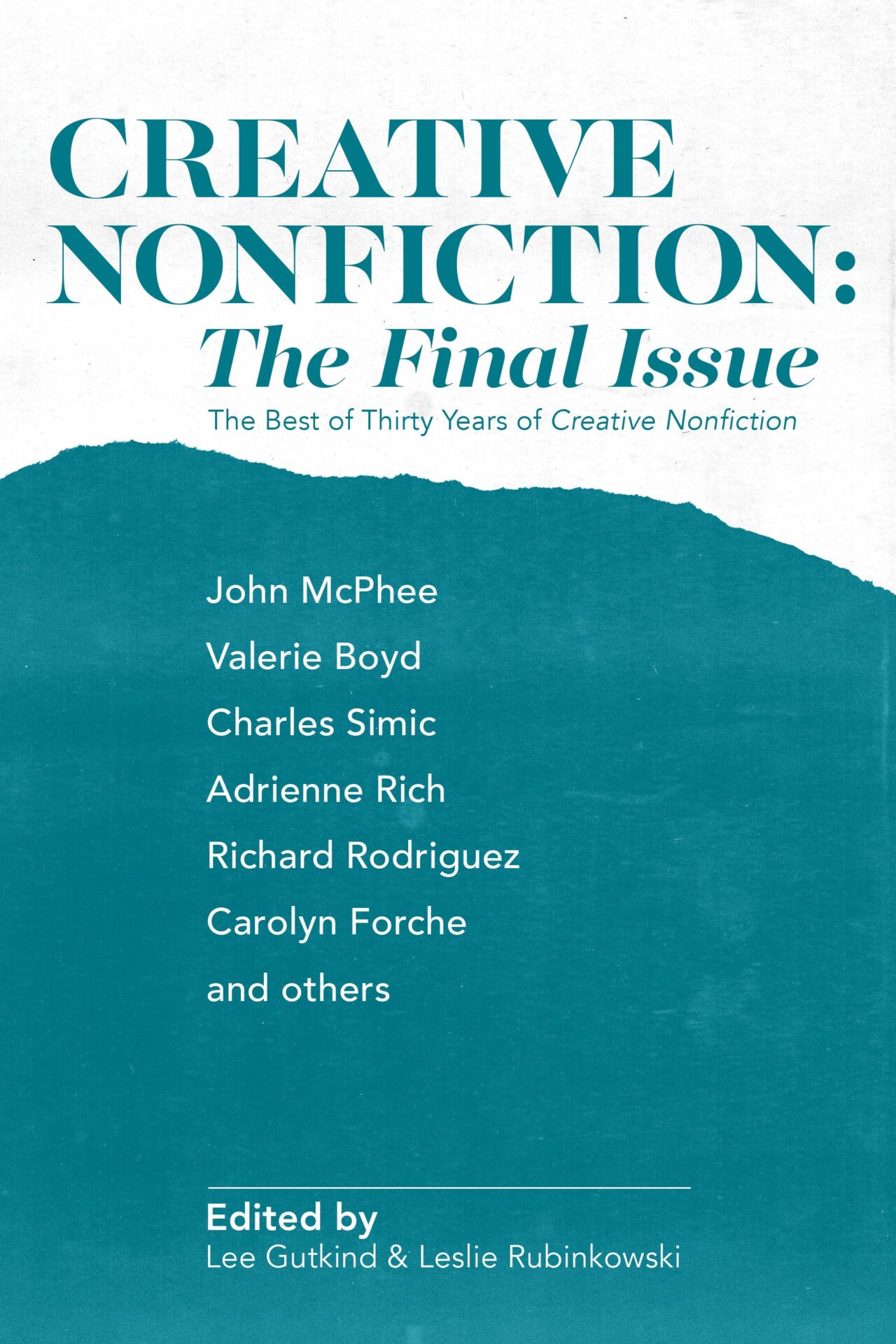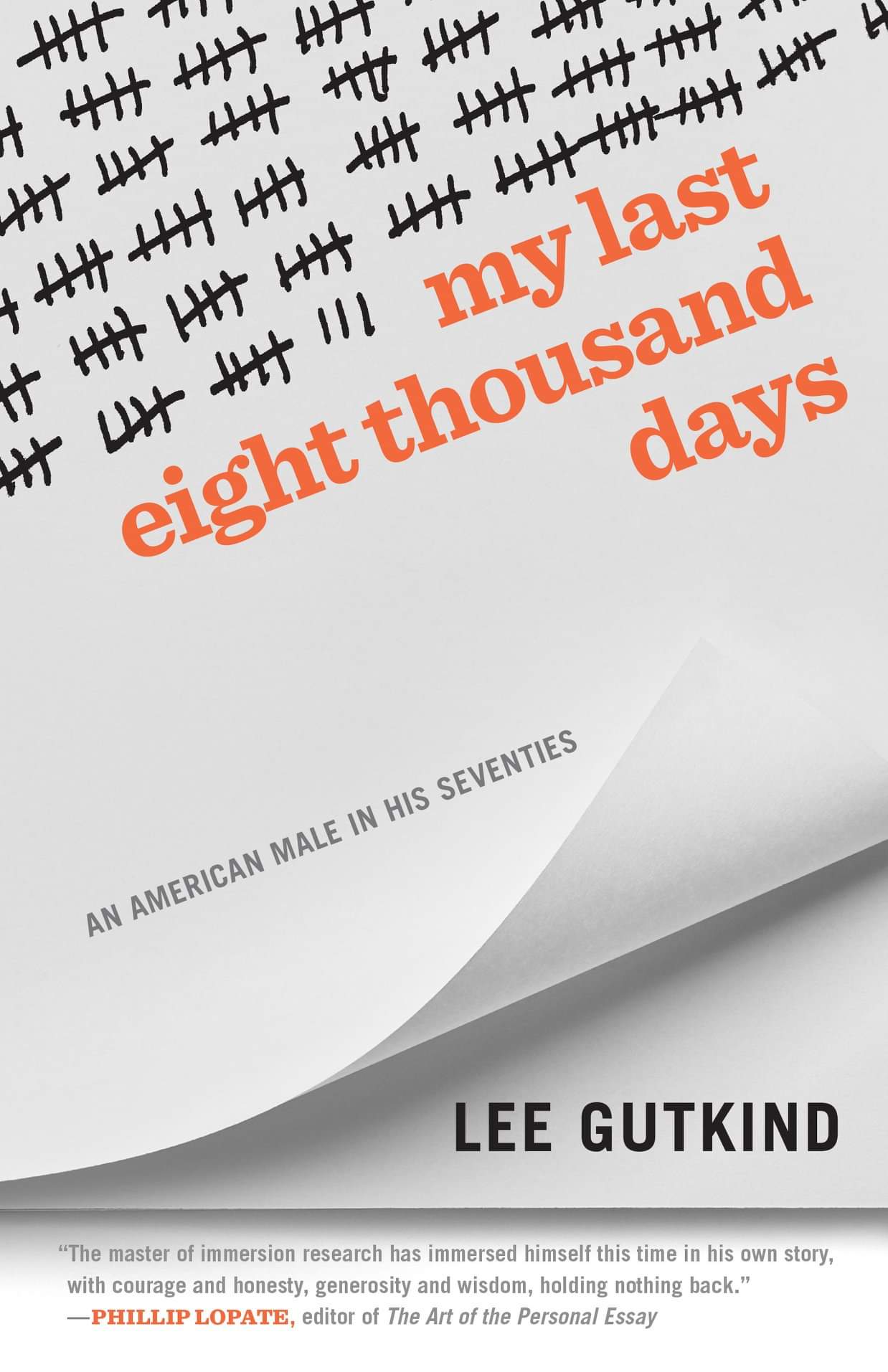The Fine Art of Literary Fist-Fighting
How a Bunch of Rabble-Rousers, Outsiders, and Ne’er-do-wells Concocted Creative Nonfiction
Now Available
In the 1970s, Lee Gutkind, a leather-clad hippie motorcyclist and former public relations writer, fought his way into the academy. Then he took on his colleagues. His goal: to make creative nonfiction an accepted academic discipline, one as vital as poetry, drama, and fiction. In this book Gutkind tells the true story of how creative nonfiction became a leading genre for both readers and writers.
Creative nonfiction—true stories enriched by relevant ideas, insights, and intimacies—offered liberation to writers, allowing them to push their work in freewheeling directions. The genre also opened doors to outsiders—doctors, lawyers, construction workers—who felt they had stories to tell about their lives and experiences.
Gutkind documents the evolution of the genre, discussing the lives and work of such practitioners as Joan Didion, Tom Wolfe, Norman Mailer, James Baldwin, Zora Neale Hurston, Rachel Carson, Upton Sinclair, Janet Malcolm, and Vivian Gornick. Gutkind also highlights the ethics of writing creative nonfiction, including how writers handle the distinctions between fact and fiction.
Read excerpts of the book at LitHub and Narratively, and a Narratively Q&A with Lee. You can also read reviews of this book from Hippocampus Magazine, The New York Journal of Books, The Washington Post, The Arts Fuse, and the TLS.
Purchase From
Amazon Barnes & Noble Bookshop Indiebound Indigo Powell's Seminary Co-op Yale Books AudibleWhen [Gutkind] stops to look back on his own evolving perspective . . . [and] reflects upon his writing career, the choices he made . . . he puts himself, and us, right back in the moment—and the results are vivid, ambiguous, emotionally resonant, fascinating.
Lucas Mann, Washington PostThis memoir/critical history will please some readers and tick off others, which seems to be precisely the point. . . . Budding journalists and students of creative writing will find plenty of red meat in Gutkind’s pages.
Kirkus ReviewsThe Fine Art of Literary Fist-Fighting . . . is often a graceful blend of memoir and history. . . . It is both informing and entertaining, and [Gutkind’s] description of his assault on the ivy towers is one that aspiring writers and beginning professors need to hear.
Michael Pearson, New York Journal of BooksGutkind has done more than trace a shift in academic thinking. . . . He has documented one aspect of a cultural shift toward viewing the stories of outsiders, outcasts, and people without power as valuable, a subversive shift that threatens the primacy of those in power.
Christy Moore, Hippocampus MagazineLee Gutkind’s brisk historical account of how a set of borrowed modalities became ‘the fourth genre’ is deftly interleaved with anecdotes and insights drawn from a lifetime as a practitioner.
J. Michael Lennon, Times Literary SupplementA chronicle of the pitched battles that took place during a decades-long war of attrition and détente, finally arriving at the culture’s capitulation to the idea of creative nonfiction as a distinct literary form. . . . Gutkind is a feisty pugilist.
David Daniel, Arts FuseNow Available
Creative Nonfiction: The Final Issue
The Best of Thirty Years of Creative Nonficiton
Edited by Lee Gutkind and Leslie Rubinkowski November 5, 2024 The very best writing from one of America’s most groundbreaking literary magazines. When Creative Nonfiction debuted in 1994, the literary genre it championed was largely the target of skepticism or downright ridicule. But at a time when few editors were interested in the personal essay, the magazine doggedly […]
Learn MoreNow Available
My Last Eight-Thousand Days
An American Male in his Seventies
This revealing, candid, and vivid portrait of one man’s view of aging written by the man who played a crucial role in establishing literary, narrative nonfiction in the marketplace and in the academy, examines male aging in a way we’ve not seen before. In My Last Eight Thousand Days, Gutkind turns his notepad and tape […]
Learn MoreAbout Lee Gutkind
In his most recent book, The Fine Art of Literary Fist-Fighting, Lee Gutkind, dubbed by Vanity Fair the “Godfather behind creative nonfiction,” recounts the evolution of the genre from its beginnings three hundred years ago to its acceptance as the legitimate fourth genre in the literary world. He also recounts how he brought his devotion and belief to a wider audience by founding the groundbreaking literary magazine Creative Nonfiction. Gutkind, the author or editor of more than thirty books, has lectured to audiences around the world—from China to the Czech Republic, from Australia to Africa to Egypt. He has appeared on many national radio and television shows, including The Daily Show with Jon Stewart, Good Morning America, National Public Radio’s Talk of the Nation, and All Things Considered.
Read Lee's Full Bio
Praise for Lee as a Speaker
Lee is one of those rare gifted writers who are also eloquent speakers—and importantly, entertaining speakers, who engage an audience and hold their attention from start to finish. In particular, the transplant surgeons and their staff loved his talk about organ transplantation.
Anand B. Karnad, MD, Division of Hematology-Oncology Professor of Medicine, UT Health MD Anderson
Lee Gutkind is the total package! Not only is he the authority on creative nonfiction, but he is also a compelling, entertaining, and flexible speaker. We were fortunate to have him on campus for several days, during which he read his own excellent work, lectured on genre and craft, and created an energetic dialogue with students and faculty during a series of class visits. We all learned a lot from Lee, and enjoyed ourselves very much in the process!
Amy Lemmon, Fashion Institute of Technology, NYC
Lee brought such passion, thought, and enthusiasm to the discussion. Our audience was clearly rapt, and many people told me afterwards how much they enjoyed the program . . . Lee is a superb storyteller and can teach anyone how to tell great stories at the same time. We’d be honored to have him back for a future program.
Frances A. Rosenfeld, Ph.D., Curator of Public Programs Museum of the City of New York
Lee Gutkind delivered a compelling presentation focused on the nursing titled, ‘Nurses: Heroes of the Healthcare Profession’, which inspired and resonated with our audience.
University of Texas Health Science Center at San Antonio School of Nursing
Podium? What podium? Lee Gutkind lights up a room. His keynote was as entertaining as it was informative, and his energy level super high. He was quite personable during the book-signing, and he gave all attendees undivided attention as they approached the table.
Donna Talarico, Hippocampus Magazine’s HippoCamp Writers’ Conference
Lee Gutkind is a thoughtful and intelligent speaker who deeply understands the world of healthcare from the multiple perspectives of cultural observer, savvy layperson, and insightful writer. He brings his own personal vision to the healthcare zeitgeist, and any audience would be well served by being in his charismatic presence.
Keith Carlson, RN, BSN, CPC Nurse, blogger, writer, speaker and RNFM radio host
Lee’s presentation was exhilarating, substantive, and extremely well received by our faculty and others in attendance. It was refreshing for attendees to receive his challenge to embed story into their curricula and co-curricular programming and also to think seriously about penning their own personal stories. . . he was most giving in terms of sharing ‘his tools of the narrative non fiction trade’, and in that regard the take-aways from his presentation were tremendous.
Malou C. Harrison, Interim President Miami Dade College, North Campus and West
Lee Gutkind – the Godfather behind the creative nonfiction movement – is as compelling on stage as he is on the page. Gutkind is a mesmerizing storyteller . . . even when addressing the art of telling a story. And in this era obsessed with reality, no one is better prepared to address the complexity, richness, and history of true narrative. We simply can’t get enough of Mr. Gutkind. We plan to bring him back again and again.
Neil White, Director, Oxford Creative Nonfiction Conference Creative Director & Publisher, The Nautilus Publishing Company Author, In the Sanctuary of Outcasts
Kudos to Lee Gutkind, a professional all the way. Gutkind’s presentation expanded our core audience of art-lovers. University students were enamored to meet such a well-spoken writer, while the general community was captivated by his research and experience. Can’t wait for an opportunity to invite him back to our museum and university.
Aimee Geist, Education Curator, Ulrich Museum of Art, Wichita State University


